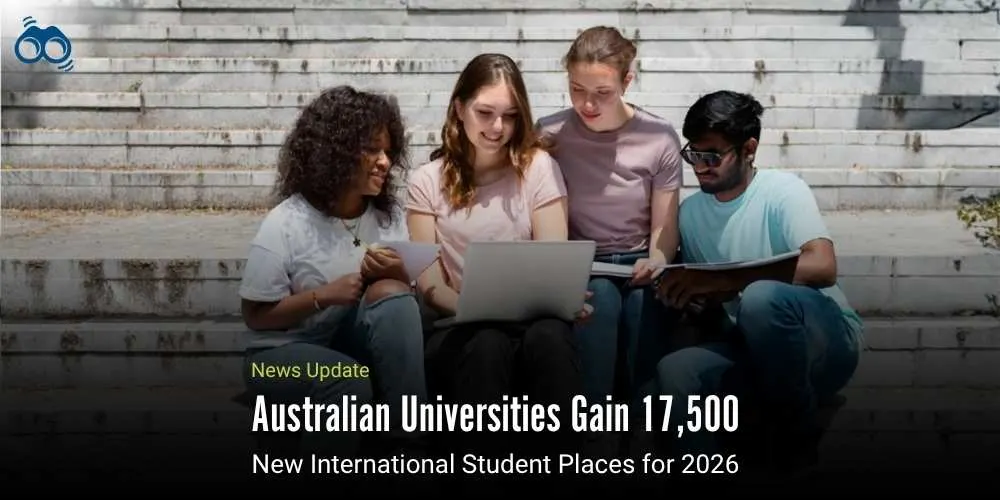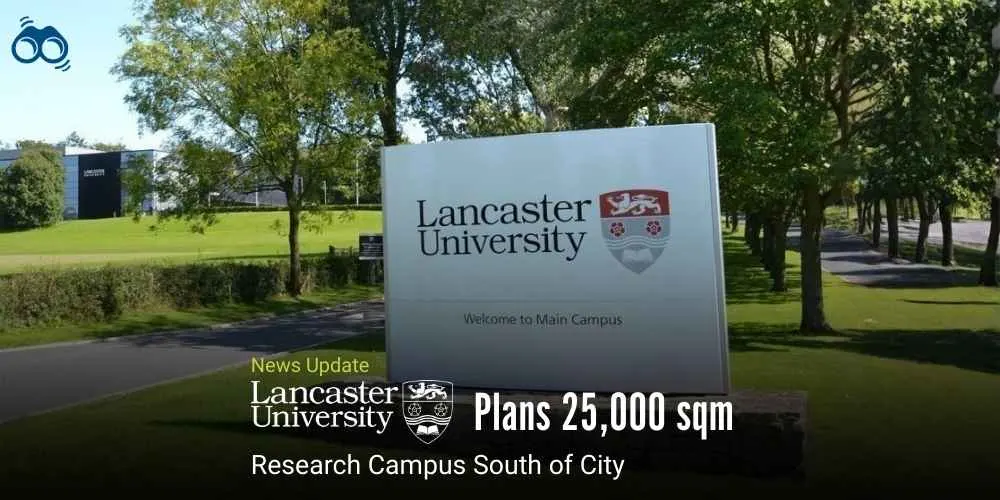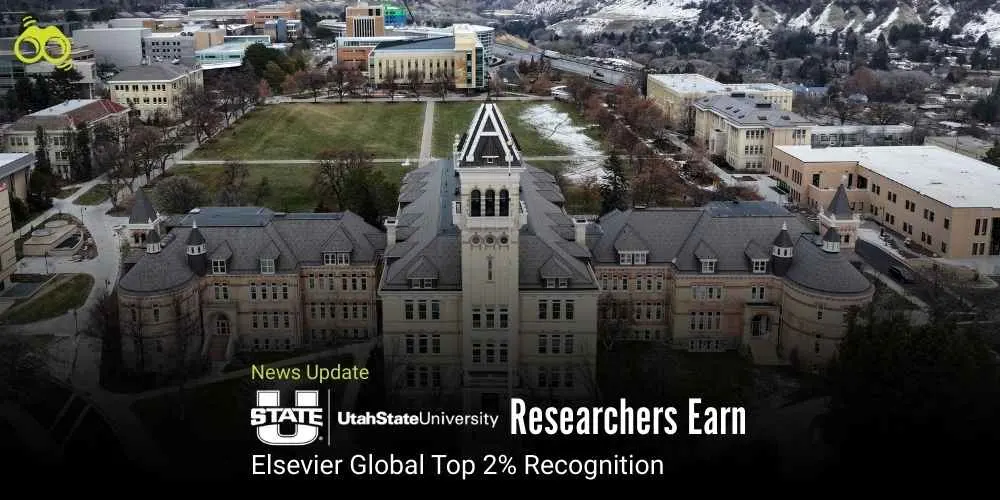New Planning Level Raises National Cap to 295,000 Overseas Student Places
Regional Universities Prioritised in International Student Expansion Strategy
In a move welcomed across the higher education sector, the Australian Government has authorised 31 universities to increase their international student enrolments from 2026. This decision follows significant investment in student accommodation, with institutions now able to recoup some of their building costs through additional revenue generated by overseas education. This procedure will bring an end to the imprudent cap introduced last year and will replace it with an additional 17,500 under the revised National Planning Level, which sets the cap at 295,000. These New Overseas Student Commencement (NOSC) allocations indicate a shift towards growing international education with sustainability in mind, a resource Minister for Education Jason Clare referred to as an important national asset.
Several universities, notably the University of Melbourne and UNSW, have experienced significant advancements in their rankings. For instance, it will increase allocations to international students from 9,300 to 10,500 while UNSW will grow from 9,500 to 10,350. Hundreds of new places are also being allocated to other top Australian universities like the University of Queensland, Griffith University, and Australian National University. Regional institutions such as Charles Darwin University and the University of Newcastle have been priorities, meaning that the government is focused on helping local communities and spreading the benefits of international education more evenly.
The government’s criteria for increased allocations included demonstrated engagement with South-East Asian markets and active investment in student housing. More than 11,000 new beds are currently under construction, with a further 15,000 approved and over 12,000 in planning, figures that far exceed last year’s projections. This expansion follows a Property Council report that challenged claims linking international student demand to rising housing prices, reinforcing the view that student accommodation Melbourne and elsewhere must be scaled responsibly.
Universities Australia and other sector leaders have welcomed this targeted incentive, stating the growth should be managed in the national interest. The decision regarding uncapping Indigenous medical places has recently also been applauded by Group of Eight chief executive Vicki Thomson, who said that it is a transformative initiative requiring long-term collaboration across government, universities, Indigenous communities, and the health sector. Despite the uplifting spirit, challenges persist. International student visa applications are down by 26 per cent against the previous year, thanks to rampant exploitation and fears of no opportunities after graduation. Some graduates have been suing the system after they found out their degrees were not recognised by corresponding bodies, which has led to a Parliamentary inquiry and a new set of laws aimed at reinforcing the integrity of the international education sector.
Minister Clare has emphasised the need for tighter “fit and proper” requirements to address collusive and unethical behaviour among certain providers. By linking enrolment growth to infrastructure investment, the government aims to rebuild trust and ensure that Australia university pathways remain credible and competitive. Universities Australia CEO Luke Sheehy has echoed calls for stronger collaboration, stating that improving housing is a “Team Australia effort.” He rejected the notion that international students are driving the housing crisis and stressed the need for renewed funding and capital investment to support student visa Australia pathways and long-term sector stability.
In conclusion, the increase in international student places reflects a broader effort to restore confidence in Australian uni systems and reinforce the country’s standing among world top universities. With housing expansion underway and policy reforms in progress, the sector is poised to offer a more inclusive and resilient future for international students seeking high-quality education in Australia.
Editor’s Note
The Australian Government is shifting its approach to managing the growth of the international education sector. Previously, balancing expansion with accountability was handled differently. Now, a new housing-linked allocation model directly connects increased international student enrolments to investment in student accommodation. This structured and sustainable strategy prioritises infrastructure and student welfare as core components of sector expansion. This is more than an administration exercise; it marks a larger resetting of priorities. After protracted years of instability in policy making, fee restructuring, and reputational injuries, the sector now has a clearer strategy in which to steer its collective gaze. The 17,500 new international student places are uplifting, particularly for the University of Melbourne and UNSW and including some gain for a regional player like Charles Darwin University, witnessing the confidence in the sector's capacity to generate both economic and educational credits.
What stands out is equity for the regions, in the national interest. Clearly favouring universities that deal in the South-East Asian market and invest in student housing is a great indication of alignment between internationalisation and domestic accountability. The ongoing construction of over 11,000 new beds, with thousands more approved or in the planning stages, directly refutes the long-standing belief that international students are responsible for housing shortages. This data-driven adjustment necessitates a significant increase in public awareness. In essence, the policy change is a move in the right direction; but it ought to be embedded in a sustained national effort. Beyond revenue generation, international education is an engine of strategic power for Australia, underpinning its position in the world, its partnerships in the area, and its innovation at home.
Skoobuzz believes that if implemented effectively, with transparency and appropriate reinforcement, this model could offer a framework for Australian universities to achieve ethical growth and maintain their global standing as leading academic institutions.
FAQs
1.How many new international student places have been approved for Australian universities in 2026?
The Australian Government has authorised 17,500 additional places for international students across 31 universities, raising the National Planning Level to 295,000.
2.Which Australian universities received the largest increases in international student enrolments?
Leading institutions such as the University of Melbourne, UNSW, University of Queensland, and Australian National University received substantial increases, with Melbourne rising from 9,300 to 10,500 places.
3.Why is student housing linked to international student enrolment growth in Australia?
Universities investing in new student accommodation have been prioritised for enrolment increases. Over 11,000 beds are under construction, with 15,000 approved and 12,000 in planning, supporting sustainable growth in overseas education.
4.What is the New Overseas Student Commencement (NOSC) allocation system?
NOSC is the government’s framework for managing international student enrolments. It allocates places based on infrastructure investment, regional engagement, and alignment with national education priorities.
5.How are regional universities benefiting from the new international student policy?
Institutions like Charles Darwin University and the University of Newcastle have received significant increases,15% and 28% respectively,reflecting government efforts to support regional communities and decentralise education benefits.
6.What impact does international education have on Australia’s economy?
Valued at $51 billion, international education is considered a key national asset. It contributes to economic growth, innovation, and Australia’s global reputation in higher education.
7.Has international student visa demand changed in Australia post-pandemic?
Visa applications have declined by 26% compared to the previous year, amid concerns over provider integrity and graduate employment outcomes. The government is addressing these issues through legislative reforms.














0 Comments (Please Login To Continue)